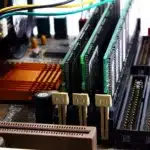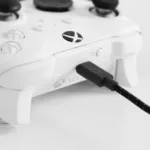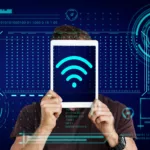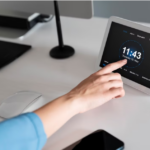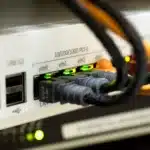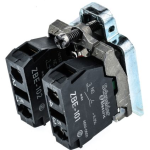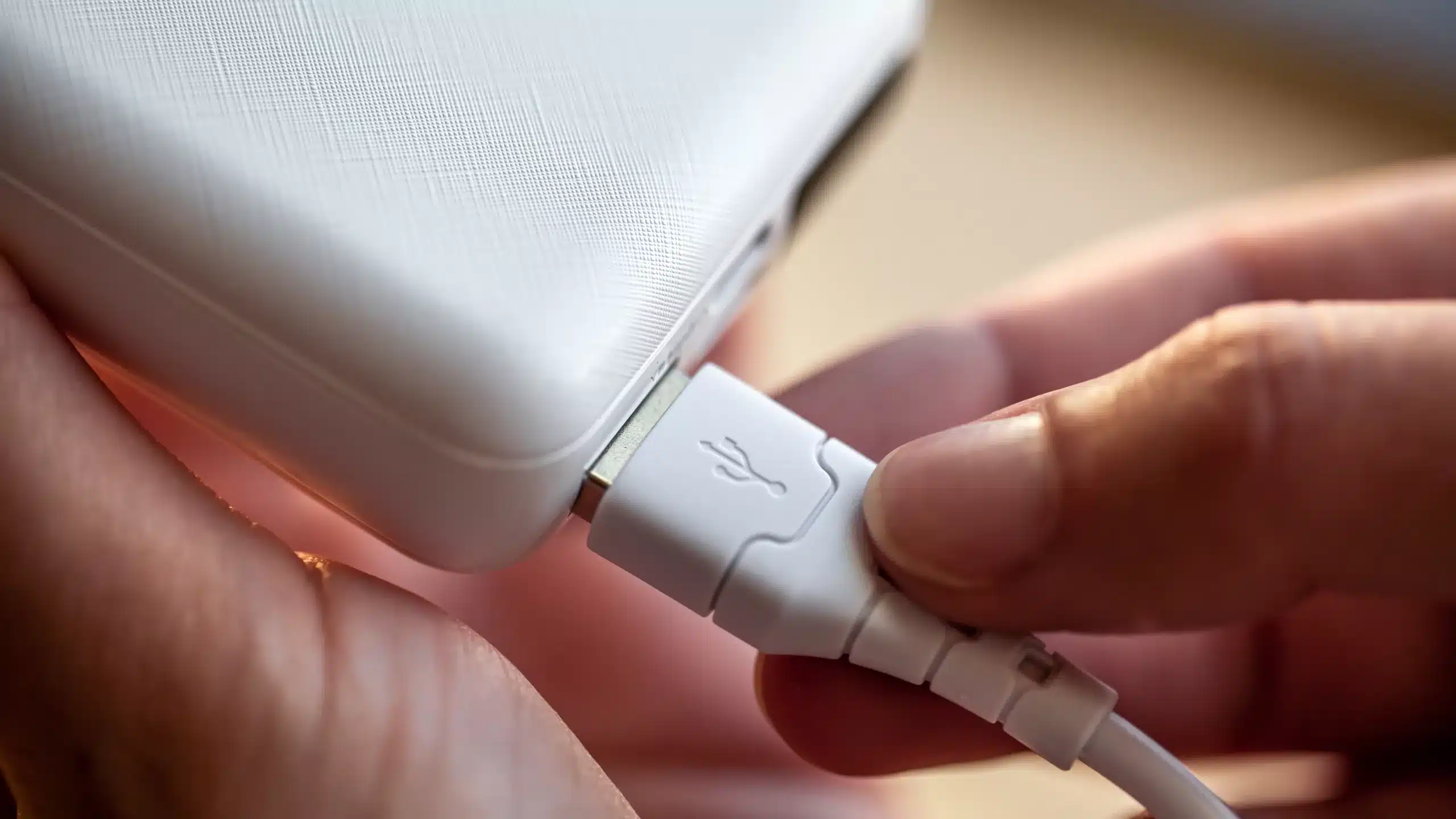
Recently, USB-C has emerged as a versatile and powerful standard for connecting devices and data transmission. One of the most compelling features of USB-C is its ability to deliver power. With the advent of USB-C power delivery, charging devices have become faster and more convenient. Understanding the basics of USB-C power delivery empowers you to make the most of this powerful and versatile technology. This article explores USB-C basics for power delivery, highlighting how it has revolutionised how we charge our devices.
Introduction to USB-C and Power Delivery: The Importance
USB-C, also known as USB Type C, is a relatively new USB connector that has gained robust popularity due to its compact size, reversibility, power delivery, and high data transfer speeds. Universal Serial Bus Type-C offers numerous benefits over its predecessors, such as USB-A and USB-B. USB-C power delivery is an extension of the USB-C standard that enables devices to deliver higher power, enabling faster charging and powering of various devices such as laptops, smartphones, and tablets. The combination of USB-C and power delivery is of great significance, providing several advantages. It simplifies the charging process for devices by using a single cable and connector for both data transfer and power delivery, supported across various platforms.
The Basics of USB-C for Power Delivery: Key Advantages and Features
USB-C with power delivery offers several advantages over traditional charging methods. Here are some basics of USB-C for power delivery.
- Increased Power Delivery/Fast Charging: USB-C supports higher power levels, delivering up to 100 watts–significantly higher than the 7.5 to 15 watts typically provided by standard USB ports. This increased power capability allows faster charging of devices, including laptops, tablets, smartphones, and other peripherals.
- Bi-Directional Power Flow: USB-C supports bi-directional power flow meaning the power can flow from the power source to the device and vice versa. This backward compatibility enables devices to charge and provide power to other devices connected through a USB-C cable. For example, a laptop can charge a smartphone or a tablet using its USB-C port.
- Universal Compatibility: USB-C power delivery is a universal standard with widespread compatibility with numerous devices. Many laptops, smartphones, tablets, power banks, and other peripherals now come equipped with USB-C ports that support power delivery. This universality ensures using a single USB-C charger or power bank to charge multiple devices, regardless of the brand or model. However, ensuring compatibility between the devices and the USB-C power delivery capabilities they support is important.
- Multiple Device Support: USB-C supports multi-device charging and power delivery. USB-C hubs or multi-port chargers allow you to charge multiple devices simultaneously from a single power source. This is particularly useful for users to charge their laptops, smartphone, and other accessories simultaneously, eliminating the need for separate chargers and cables.
- Simplicity and Convenience: As USB-C cables are reversible, they can be plugged in either way, eliminating the frustration of inserting a cable in the correct orientation. Additionally, USB-C power delivery cables can carry both power and data; they simplify cable management and provides greater user convenience.
- Enhanced Functionality: USB-C PD can support additional features and functionalities beyond power delivery. It can transmit video signals, allowing users to connect their devices to external displays or monitors using a single USB-C cable. USB-C PD can also transfer data at high speeds, supporting fast file transfers between devices.
USB-C Power Delivery: Future Implications and Applications
USB-C power delivery transforms how we charge our devices and find applications in various industries. From automotive to healthcare, the ability to deliver high-power charging through a single cable has opened new possibilities. Moreover, integrating USB-C power delivery with wireless charging technology is a promising development that eliminates the need for physical connections. The key application areas where USB-C PD can make a significant impact include:
- Smart Home and Internet of Things
- Industrial and Commercial Applications
- Electric Vehicles
- Energy Storage and Power Banks
- Renewable Energy
- Laptops and PCs
- Mobile Devices.
The Final Thoughts
USB-C and power delivery are interrelated technologies that have revolutionised the connectivity and power delivery world for various devices. It offers multiple benefits in terms of backward compatibility, multi-device support, fast charging, versatility, and ease of use. USB Type-C has become a standard for delivering power and data transfer applications in multiple settings and devices. As the USB-C standard continues to evolve, we can expect further advancements and broader integration in various industries.







